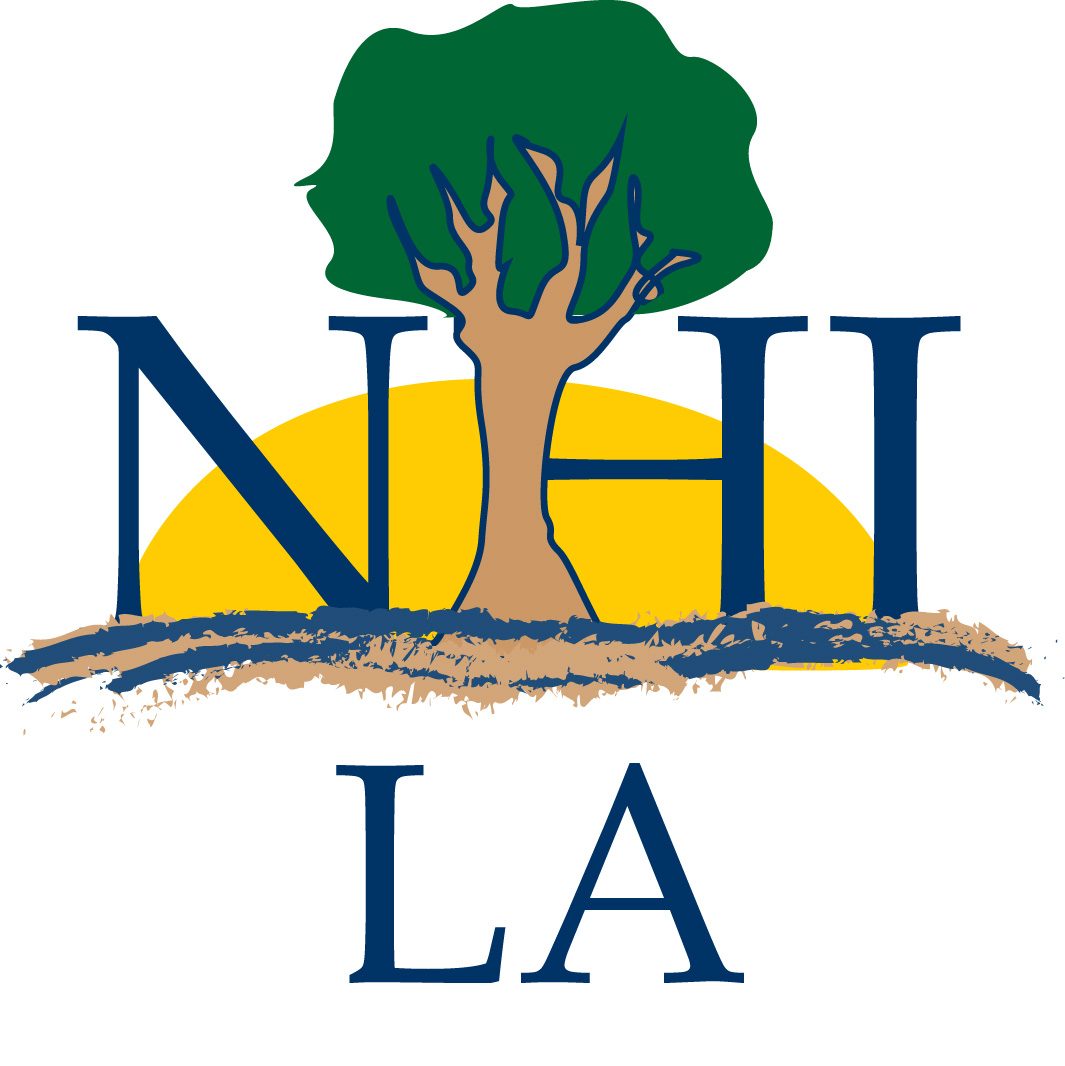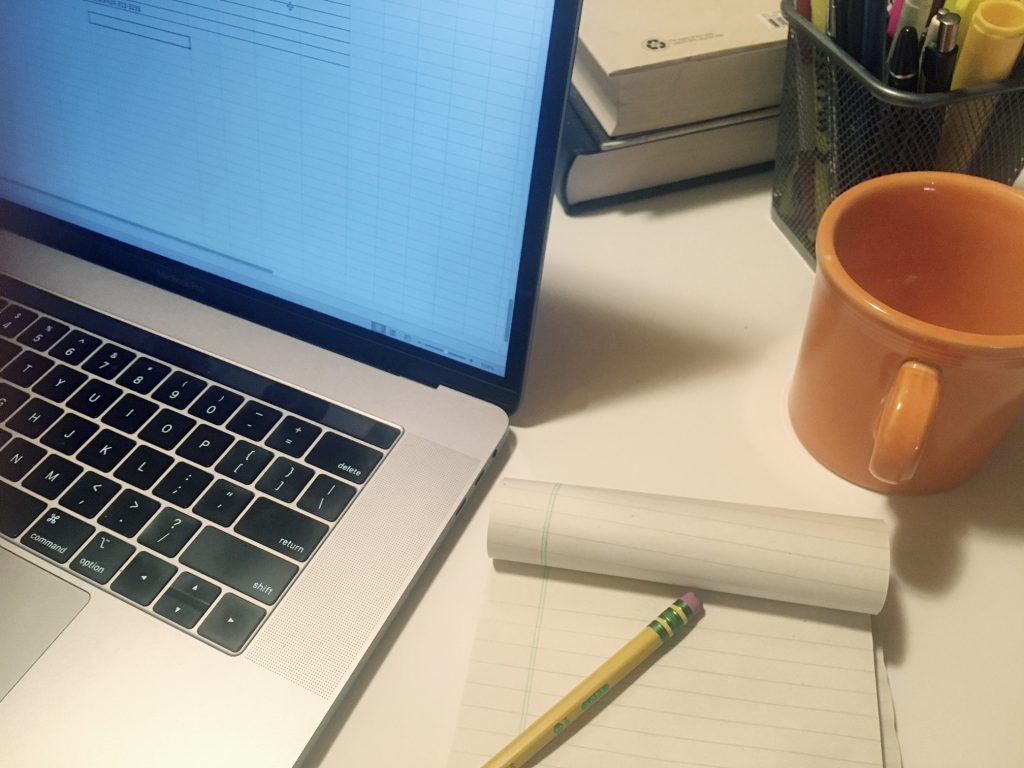Need and Purpose of the NHI-LA
Each time a student with special needs is moved from grade to grade through the current educational system, two things inevitably occur; either the student moves into an alternate curriculum or a diploma track system. If the student moves to the alternate curriculum, the school system and the parent or guardian feel that the student needs further assistance. The student could not meet the benchmarks required to qualify for a standard high school diploma. For a student to graduate, the school system created an alternative path for high school exiting. In the alternate route, the student will still walk with the rest of the seniors but will not receive a diploma, and the student would then continue in specialized extended courses and programs. The student will eventually take vocational classes and possibly attend a community college to learn a skill.
The problem with this path is that the student usually ends up in a unique program, assisted living conditions, or stays with parents with a low-paying job. This scenario exists because there is no real push by the system to help them reach their full potential. Most of the students are just surviving in today’s high society. After a certain age, the student and the parents/guardian realize a high school diploma is needed to get a better-paying career and return to obtain a high school diploma.
Suppose the student with special needs is on the high school diploma track. In that case, two scenarios occur; the student meets the requirements for completing the high school program and receives a diploma. If a student’s grades are high enough and meet all the standard needs that general education students must maintain, they can take the college tests to qualify for a four-year college. In the other scenario, the student meets the general education requirements; however, it is based on a Special Day curriculum where the student receives the same educational materials as the general education population but at a slower pace. The student is also mixed into the general education curriculum to work on the same level as their peers in that Gen Ed environment, usually with some assistance.
In either case, the high school system does not have an obligation to continue assisting the student after receiving the diploma. The school does provide the student, and their parents/guardians, with a special meeting, called a Transition IEP (Individualized Education Plan or Program). In this meeting, parents and specialized education professionals discuss the best course of action (usually, the student is in the session).
One issue with this meeting is that the school system is only obligated to assist the student based on what the law says the public school system has to provide. The meeting professionals usually offer specialized programs within the school district’s general education college system. However, these programs, most of the time, only provide one or two years of services. The student and parents/guardians must find solutions to advance their education and career needs. Most parents rely on the professionals in the meeting for assistance. However, these professionals’ qualifications and job experience vary from district to school district, and these public-school employees may only be knowledgeable about their school district’s college programs. They may know some third-party college vendor programs, but the students and parents must usually work it out themselves. In most cases, the parents and students do not always make the best choices, which causes the waste of valuable time and money cleaning up errors in future educational decisions.
Another frequent occurrence is that the student is usually not mentally or educationally prepared for college. As stated before, when a student with special needs is on the diploma track, they go through the Special Day program, which, as stated earlier, is the same educational material as the general education students but slower and with less text in the documents. While assisting the student through high school, this resource support does not prepare them for a college-level curriculum. Even if the student takes some general education or AP classes, the student is still unprepared.
Not only is the student not prepared academically but behaviorally as well. Most students with special needs are chronically one age but mentally several years behind—the student may be 18 years of age but mentally and behaviorally 14 or 15 years of age. Several colleges have great third-party vendor programs for students with special needs. However, they do not meet the students’ full holistic demand at some point as the public, and private colleges and universities do for their general education population. Once students enter these programs, they receive peer-to-peer and other resources to assist them in in-class lectures, lab work, and other campuses’ social and academic settings. However, students still encounter issues with instructors, staff, administrators, and fellow students that are not understanding or trained in special education. Bullying and behavior issues can arise because of these and other problems, causing special needs students to drop out.
To review, the high school students who are not on the diploma track but the alternative program eventually return to earn their high school diploma or GED. The two remaining diploma track scenarios consist of either a student receiving a diploma with qualifying grades for a four-year college or the student that gets the diploma but does not have adequate grades to go to a traditional four-year college but instead goes to a two-year community college system and joins a third party program at that college. Once they leave high school, all these students still have behavioral, maturity, college educational, and social preparedness issues.
The development of the Summer Bridge Program is to address these academic, transitional, behavioral, and collegiate issues by using the innovation model discussed in Smith and Ragan (2005), creating a conduit of assessments, evaluations, and instruction for all the student’s behavioral, educational, and social development issues. This conduit takes all this information and data and channels it to create customized academic and social learning environments on the NHI campus. These learning environments will contain the vital resources needed to receive the crucial extra time and support required for each learner to succeed in the global community. The innovation model will be used to examine the changes or innovations in the educational system, other organizations such as government agencies, and environments outside the academic and government structures where these students live, work and study.
Examining these changes or innovations that cause these issues using the innovation model will help determine how to add new learning goals to the SBP learning environment (Smith & Ragan, 2005). This model could help avoid these issues continuously occurring each time a student with special needs receives a diploma or moves on through the alternative track. Another area the innovation model can address is in assessing for competence. SBP staff can assess learners to determine competence levels (Smith & Ragan, 2005). Assessing for competence will ensure that learners do not merely recite from memory the rules, regulations, or where the location of support may be in the learning environment but understand the rules and why the learning and training environment is essential. By understanding rules, regulations, and the environment, learners learn to appreciate the environment and respect the rules and regulations. This attitude can help increase value and self-reliance. Other reasons for conducting a pre-and post-assessment are prior knowledge and transfer of knowledge and skills.

